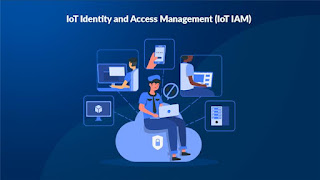Importance of Privileged Access Management (PAM) Solutions in Cybersecurity

In an era where cybersecurity threats are constantly evolving, Privileged Access Management (PAM) solutions have become essential for organizations aiming to secure their critical systems and sensitive data. With cybercriminals continuously developing new attack vectors, managing and monitoring privileged accounts is paramount in minimizing security risks. PAM solutions incorporate a range of technologies, such as credential vaulting, session monitoring, and access controls, to protect privileged accounts from unauthorized access and potential breaches. Key Components of PAM Solutions Credential VaultingPAM solutions provide secure storage for privileged credentials, reducing the risk of unauthorized access and credential theft. By centralizing and encrypting sensitive credentials, organizations can ensure that only authorized users can retrieve them under strict security policies. Session Monitoring and RecordingTo prevent misuse of privileged accounts, PAM solutions offer sess...

.png)
.png)





.png)
.png)